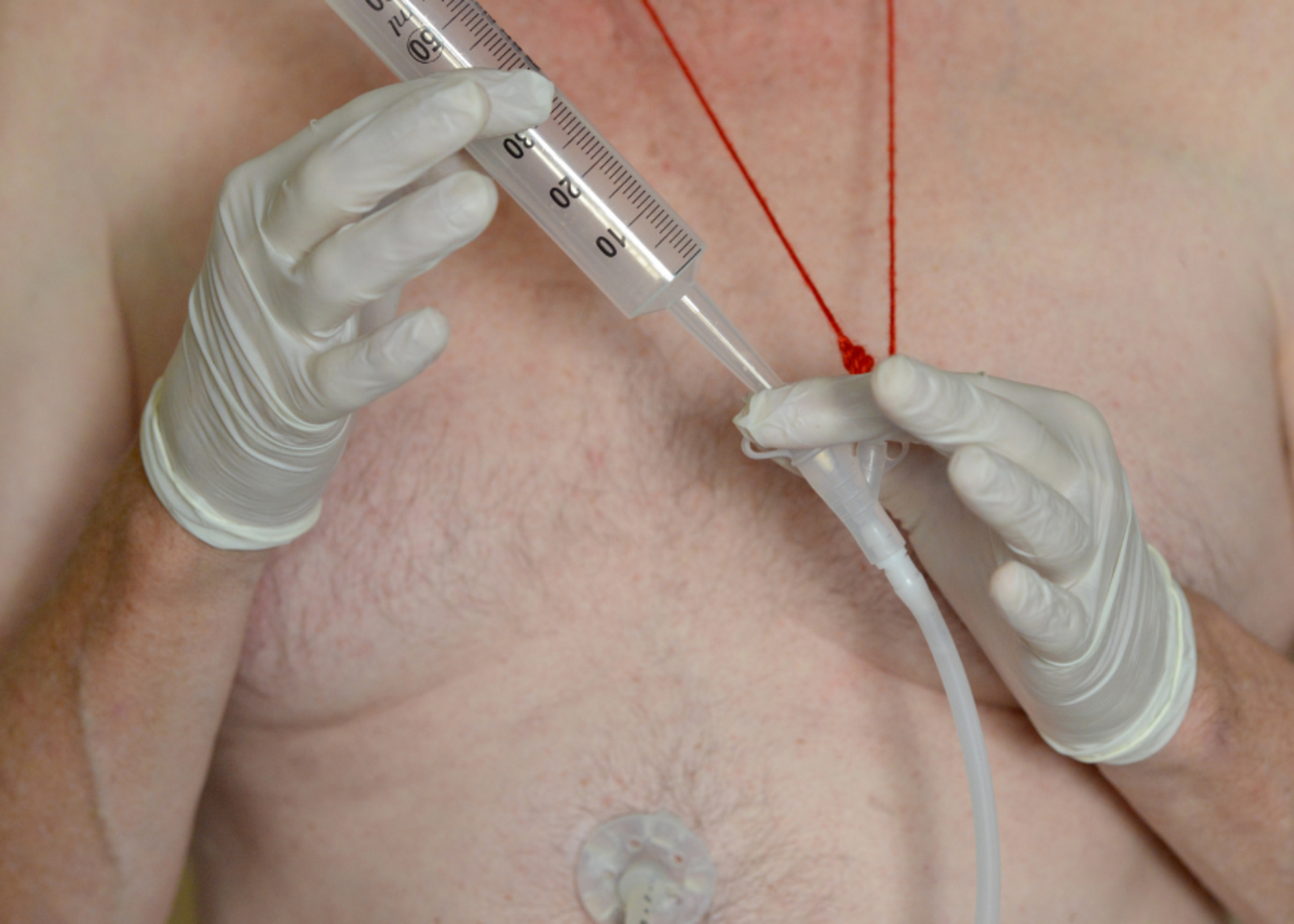For individuals who face difficulty in swallowing or require long-term nutritional support, Percutaneous Endoscopic Gastrostomy (PEG) is a vital procedure. Dr. Rupesh Lunkad, a renowned gastroenterologist in Pune, sheds light on PEG, its process, and its importance in patient care.

What is PEG?
Percutaneous Endoscopic Gastrostomy (PEG) is a minimally invasive procedure used to insert a feeding tube directly into the stomach through the abdominal wall. This procedure ensures that patients receive adequate nutrition, hydration, and medication when oral intake is not possible or insufficient.
Who Needs a PEG Tube?
PEG is typically recommended for individuals with conditions such as:
- Neurological disorders (e.g., stroke, ALS, or severe brain injuries) causing swallowing difficulties.
- Head and neck cancers that obstruct normal eating.
- Chronic illnesses leading to prolonged inability to eat.
- Severe malnutrition or weight loss where supplemental feeding is essential.
The PEG Procedure: A Step-by-Step Overview
- Preparation: The patient undergoes a detailed evaluation to determine suitability for the procedure. A mild sedative is usually administered before the procedure.
- Endoscopic Guidance: An endoscope (a thin, flexible tube with a camera) is inserted through the mouth into the stomach to guide the placement.
- Tube Insertion: A small incision is made in the abdominal wall, and the feeding tube is placed into the stomach under endoscopic guidance.
- Securing the Tube: The tube is secured with internal and external anchors to prevent displacement.
- Completion: The procedure typically takes 20-30 minutes, and most patients can return home the same day.
Benefits of PEG
- Improved Nutrition: Ensures consistent and adequate nutritional intake.
- Minimally Invasive: Offers a safer alternative to traditional surgical procedures.
- Enhanced Quality of Life: Helps patients maintain better health and energy levels.
Post-Procedure Care
Proper care of the PEG tube is crucial to avoid complications. Dr. Lunkad recommends:
- Cleaning the area around the tube daily.
- Flushing the tube before and after feeding to prevent blockages.
- Regular follow-ups to monitor tube placement and overall health.
Why Choose Dr. Rupesh Lunkad for PEG?
Dr. Lunkad’s expertise in gastroenterology ensures precise diagnosis and care tailored to each patient’s needs. His commitment to patient-centric care makes him a trusted choice for PEG procedures in Pune.
Consult Dr. Rupesh Lunkad
If you or a loved one requires a PEG tube or has concerns about long-term nutritional support, consult Dr. Rupesh Lunkad today. With compassionate care and advanced techniques, he helps patients achieve better health and improved quality of life.
Book Appointment
Did you find this topic helpful?